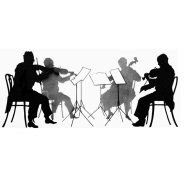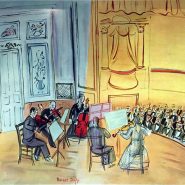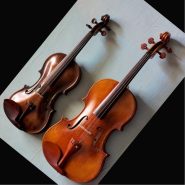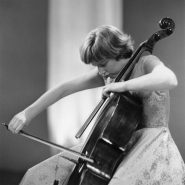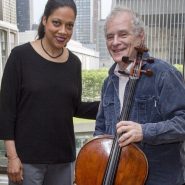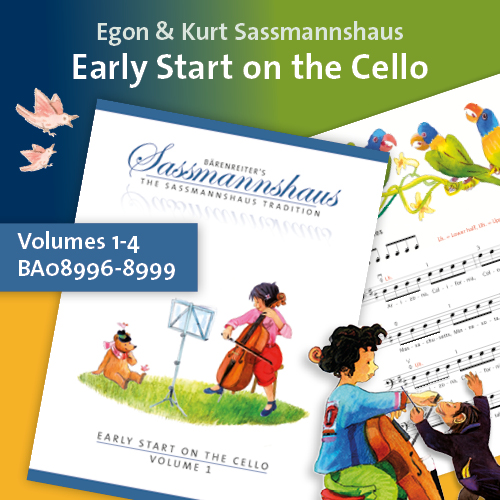Category: Chamber Music
By Paul Katz December 18, 2020
By Paul Katz December 17, 2020
By Paul Katz December 16, 2020
By Paul Katz December 15, 2020
By Paul Katz December 14, 2020
By Thomas Rosenberg July 17, 2016
Subjects Chamber Music
By Thomas Rosenberg May 7, 2016
Subjects Chamber Music
By Thomas Rosenberg March 20, 2016
Subjects Chamber Music
By Thomas Rosenberg February 25, 2016
Subjects Chamber Music
By Thomas Rosenberg February 17, 2016
Subjects Chamber Music
By Thomas Rosenberg January 8, 2016
Subjects Chamber Music
By Thomas Rosenberg December 8, 2015
Subjects Chamber Music
By Blogmaster May 13, 2015
Subjects Chamber Music, News
By Thomas Rosenberg January 27, 2014
Subjects Chamber Music, Practicing
Tags Adjustments, chamber music, expressive intonation, fuzzy sound, good instrument tuning, great intonation, group intonation, hand position, intonation, intonation exercises, left hand position, Listening, onion, open strings, patience, rehearsing, Rosenberg, string groups, student ensembles, Thomas, time management, tuning, working






